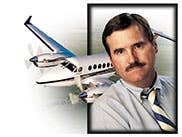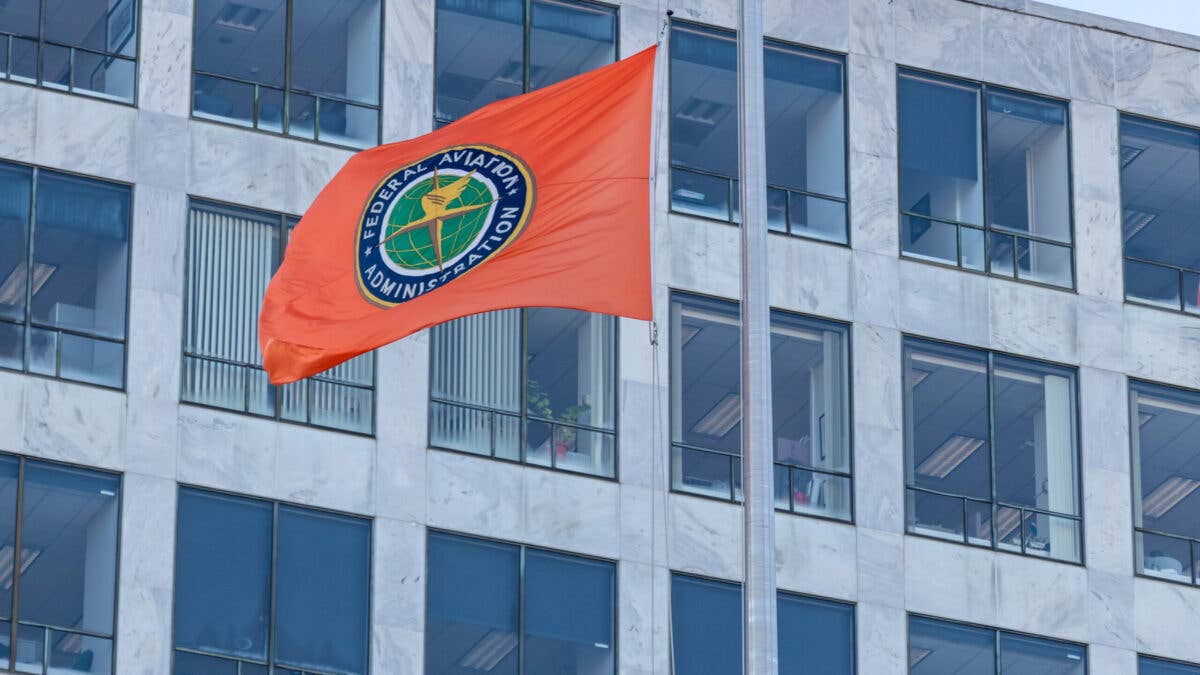
ColumnArt_Web
With all of the talk in the financial media about a housing bubble, or a credit bubble -- and we all remember the tech bubble -- I have been wondering if there was an airplane bubble? I suppose there is a specific definition of a financial bubble somewhere in academia, but I would define a bubble as behavior that lasts long enough that a majority begin to accept it as a new reality, when a rational analysis would show that things are too good to be true. For example, we all knew that house prices couldn't go up at double-digit rates and greater indefinitely. But house prices became part of a bubble because they did go up at unsustainable rates long enough that many came to accept this as normal.
To me, the key ingredient in any bubble is duration. If speculators lose money quickly, the bubble never forms and the ordinary person stays on the sidelines. But if prices seem to defy gravity for several years, even the cautious feel obligated to join in or get left behind. And that's when the end comes.
What now appears to have been a bubble in piston airplane prices began in the early 1990s when used prices began to go up in a period of otherwise low inflation. Some models, of course, appreciated more quickly than others, but the whole category enjoyed at least a 10-year-long run-up in average used selling prices. Piston twins lagged the singles in gains, and basic singles probably gained more as a percentage than complex models, but it was a widespread phenomenon.
Used airplane price behavior has never tracked with automobiles, for example. A car depreciates quickly the first few years and then the rate slows, but the average decline in value of a car is inexorably downward. For decades the used price of piston airplanes would -- like the cars -- depreciate markedly in the first couple of years and then slow until reaching a point where it would level off.
For many years the Beech A36 Bonanza was an anomaly on the used market because it would, after a number of years, stop depreciating at about the same number of dollars as it sold for when new. This was misleading because inflation was unaccounted for, so the real value of the used Bonanza was less than when it was new, but we still marveled at the demand for the airplane.
In the 1990s most of the fleet joined the Bonanza in selling for as many or more dollars as when new. And the value of the fleet actually started going up, a market behavior not seen in the history of general aviation piston airplanes. Even during periods of high inflation, such as the 1970s, the price of used airplanes didn't go up, though inflation made values appear to be dropping less than they really were.
At first the price rise seemed like a hiccup in the market. But then, after persisting for a few years, we experts needed an explanation. My favorite was that the price of new piston airplanes had sped way ahead of inflation in the 1980s and '90s so the value of used airplanes -- the alternative to a new one -- was responding.
Another possible reason for the price increase was that only small changes and improvements were made in new airplanes compared to older airplanes. And many changes to the new airplanes -- such as advanced avionics or more powerful engines -- were portable and could be installed in existing airplanes. New paint, interior and avionics could make an existing airplane appear to be as good as new.
Some speculated that used prices were climbing because so many models were out of production. For example, if you wanted a pressurized piston twin, or any cabin-class twin for that matter, your only option was used because no company had built those airplanes since the 1980s. Cessna had been out of the piston airplane production for more than 10 years, from 1986 to 1997, so that may have created a "shortage" that drove up used airplane prices.
There was probably some truth in each of those theories about rising used airplane prices, but they also have a common flaw and that is what changed. Used prices appear to have peaked in 2001 and have been trending downward ever since. The entire economy suffered in 2001, with all of aviation suffering more than the general economy, but other sectors, including used turbine-powered airplane prices, recovered, while piston airplanes have not.
The doubling of aviation fuel prices over the past couple years has no doubt had impact on the value of piston airplanes, but values were headed down before avgas prices started to skyrocket. Other costs such as maintenance and insurance have been going up, but that was true in the 1990s when used airplane prices posted large steady gains. New-design airplanes such as the Cirrus and Cessna/Columbia 350 and 400 have provided clear alternatives to used airplanes and maybe that has played a part. And the integrated glass cockpits from Garmin and Avidyne have surely made new airplanes more attractive than used because retrofitting those systems is not normally economical.
But I have been forced to consider a more troubling and potentially longer lasting cause for the end of the used airplane price bubble -- a shrinking pilot base. The value of anything, whether it be real estate, stocks or airplanes, is set by supply and demand. In the 1990s we clearly had a larger group of pilots with demand than there was supply at popular price points. The pool of pilots who could afford, or at least justify, spending say $250,000 on a used single is larger than the group that will spend $500,000 on a new one. The group in the market as used prices went up was chasing a fixed number of airplanes so the supply was constrained and prices went up.
The active pilot population reached its historical peak in 1984 with about 840,000 active pilots in the United States. The FAA defines an active pilot as one who has received a medical certificate in the past 25 months, since that is the most fundamental but time-limited certification requirement reported to the FAA. So, every student pilot, no matter if they never even take a lesson but get the medical, is in the active pilot count. So are pilots who have died in the past 25 months, and those who got a medical but for one reason or another never flew. It's a potentially misleading number, but it is all we have to go by. And the number of active pilots last year was below 600,000, and that includes all airline and other professional pilots.
So without enough pilots to replace those who are timing out, demand for airplanes at all price points is shrinking slowly. Used airplane values haven't burst as the price of houses have in some locales, or some investments have after their bubbles ended, but we are returning to normal. Piston airplane prices appear to be returning to traditional trends with sizeable depreciation in the first couple of years, and then slow, but now apparently steady decline over the decades. It's probably a healthy development over the longer term. It seemed impossible that the value of 25- and 35-year-old airplanes could continue to increase indefinitely, and it was. Current airplane owners probably won't see appreciation, but then shoppers may now be able to qualify for ownership as prices come down.
As for jet prices and where they are headed, that's anybody's guess. Many used turbine airplanes are appreciating in value as new airplane deliveries for popular models stretch out for two and more years. The used turbine airplane market is different than for pistons, but is it that different? I sure don't know, but we can all agree that aviation is one of the most cyclical businesses in the world.

Sign-up for newsletters & special offers!
Get the latest FLYING stories & special offers delivered directly to your inbox






